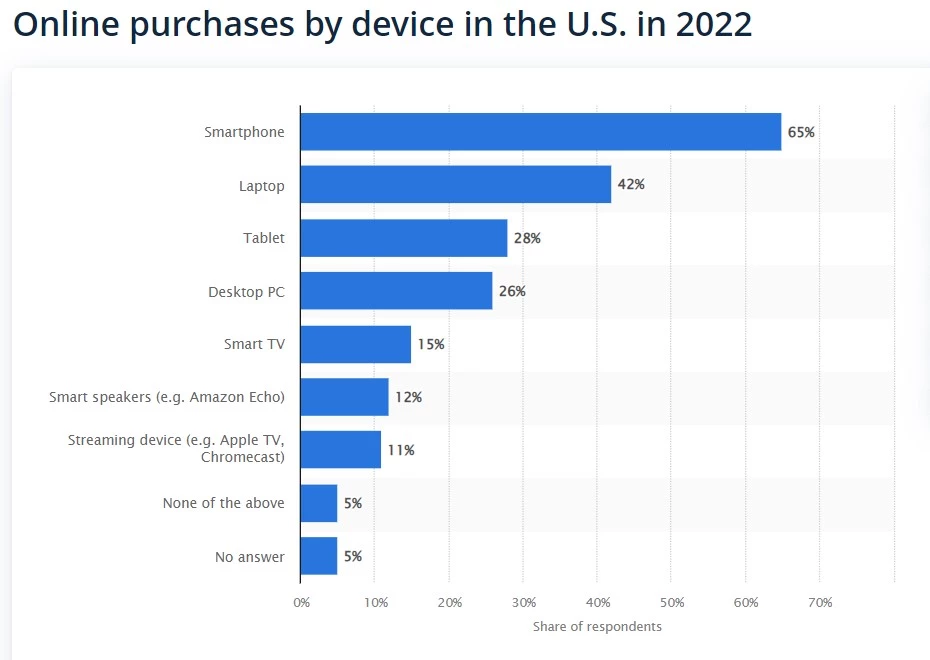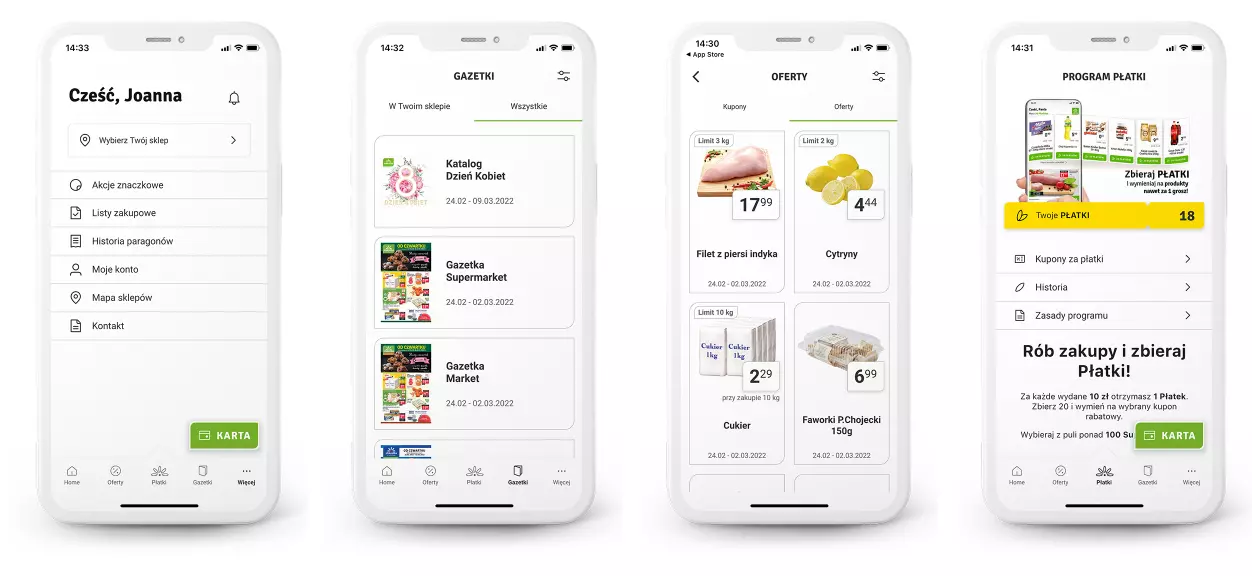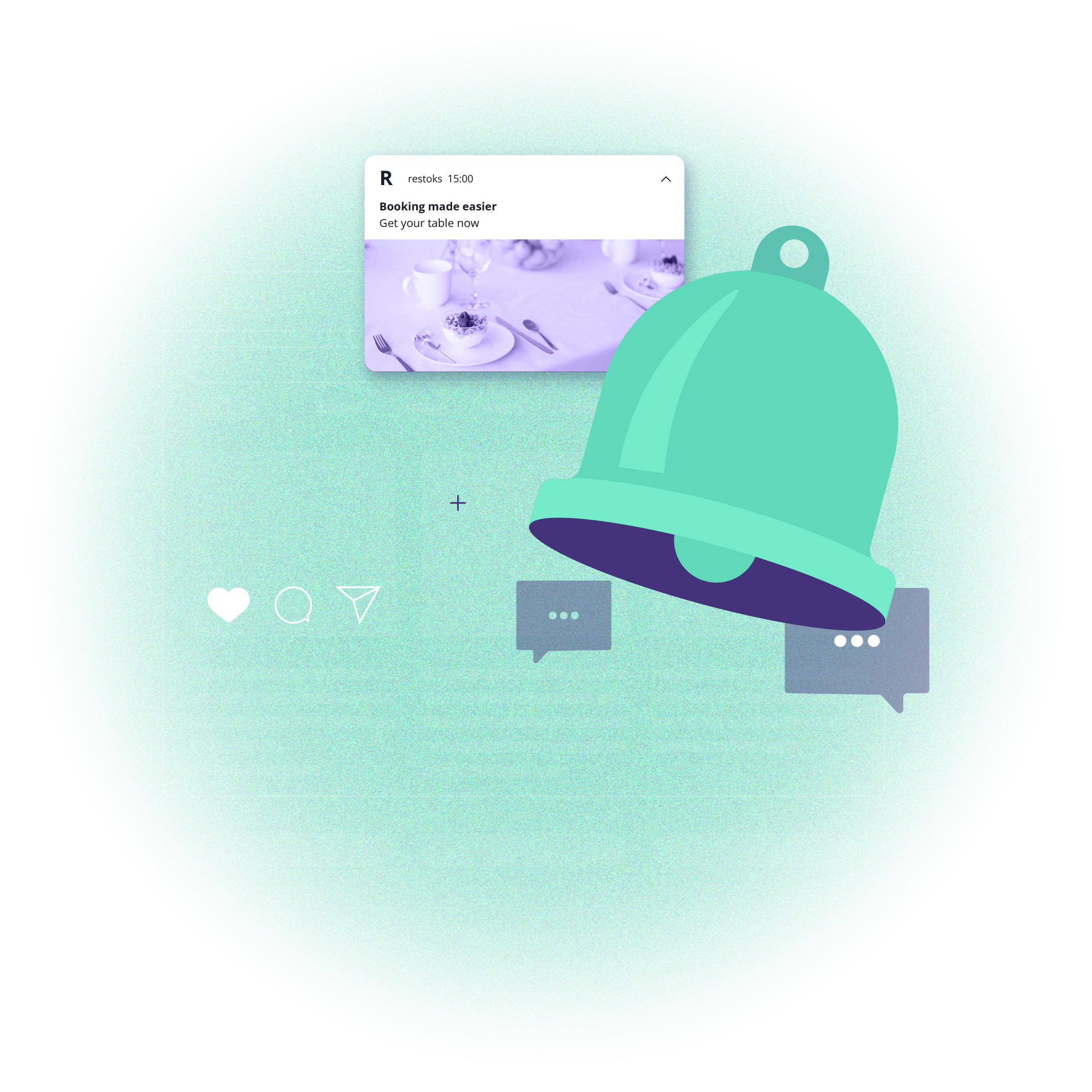What is omnichannel marketing and how does it work
 Aleksandra Kozioł
Aleksandra Kozioł
What is omnichannel marketing and how does it work
 Aleksandra Kozioł
Aleksandra Kozioł
What does your marketing strategy look like? How many sales channels are you using? How are you building customer engagement? If you're in retail, are you limiting yourself to a stationary store, or are you looking for new sales channels? The answers to these questions lead to implementing an omnichannel strategy. How to create a perfect omnichannel marketing strategy? And that's what we want to talk about today.
For most people making money online (e.g., through e-commerce), the concept of omnichannel is not new. In a nutshell, implementing an omnichannel strategy involves providing customers with various forms of contact with a company and multiple opportunities to take advantage of its offerings. This description also fits the term multichannel, but here we go one step further - all these channels are integrated with each other and work together for seamless user experience, greater customer loyalty, and customer retention.
Why is the omnichannel model important?
The simplest answer is that omnichannel enables you to respond to the needs of your target audience. According to Google, 85% of online shoppers start their purchase journey on one device and finish on another. Harvard Business Review after studying 46,000 digital customers, found out that about 73% of them prefer a multichannel shopping experience.
Convenience is key in this case. Customers want to be able to easily "switch" between online and offline channels depending on the situation. A company that understands this and actively implements an omnichannel strategy enjoys many tangible benefits. Let's say more about this.
What benefits does omnichannel bring to your business?
Increase online and offline sales.
Positive brand image.
Use of the full potential of social media.
High-quality customer service translates into their loyalty.
Companies with successful omnichannel marketing strategies also offer a better experience to their customers and, above all, win customer loyalty, which is downright priceless in today's tough market conditions.
What does it take to implement customer service in an omnichannel model?
It is true that fully implementing an omnichannel strategy is easier when you already have a stationary store, which is an important point in this puzzle. The transition from offline to online is generally easier than the other way around. However, a fully digital company can also implement omnichannel.
The first step to implementing omnichannel is to analyze your customers' needs and available solutions. Only when you know what customers expect from your online store can you get down to implementing different sales and marketing channels.
After all, it doesn't make sense to invest in a solution that your customers don't know or simply don't need. Today, online stores have a whole range of tools at their disposal, but not all of them are worth using, and certainly not all at once.
How can you learn about your customers' needs? You can choose to conduct a survey to ask for customer feedback or use reports available on the market. The retail market is analyzed quite thoroughly by various companies and research centers, and the results of their work are often available for free.
From analysis such as this one by Statista, you'll learn which multichannel sales channels should take hold in your store, what solutions you should include in your offerings, and what you should provide to ensure the best possible offline and online experience.
Based on the results, a successful omnichannel marketing strategy should include the following channels:

Physical store
Selling in a stationary store is still the mainstay of business for many companies. Brick-and-mortar stores have the advantage over online stores as they allow you to try on the goods, carefully inspect them before purchase, and even return them if necessary. Some stores allow you to return goods at a selected brick-and-mortar store, even if the order was placed online. This convenient solution is an excellent example of understanding customer needs and improving further customer experience.
Online store
This is the second pillar of the omnichannel approach. Selling online means easily reaching customers from all over the country and even abroad. Online stores operate 24/7, and with solutions such as chatbots, they also enable 24/7 customer service. A good online store is designed to allow the customer to easily learn about the goods and quickly finalize the order.
Here you have at your disposal multiple channels to facilitate the customer journey in your online store. Here are some examples:
Chatbot: provides customer service 24/7 and answers the most frequently asked questions, thus offering great time savings. Many stores already offer such a chatbot, such as H&M:

AR, or augmented reality: it allows you to get better acquainted with merchandise that you can't physically touch or judge the dimensions of. It's a mobile device solution that allows you to overlay a virtual image of a product to see what it will look like in person on a camera screen. Here IKEA is a good example:
Configurators: these tools are very useful when you offer so-called customized products, i.e. tailored products. Here such elements as engraving, personalized packaging, different color and equipment versions, and a number of other solutions come into play. The configurators are eagerly used, for example:

Flexible payment methods: today, customers can pay for goods bought online in several different ways. First, instant transfers are popular, for example, BLIK in Poland, PIX in Brazil, etc. But the second solution, which is gaining more and more followers, is BNPL, or buy now pay later. The leader in this market is Klarna.
Mobile app (m-commerce)
This is the third key element. For example, in Poland, according to the Digital 2022 survey, nearly 97% of Poles own a smartphone, with 93% using these devices to browse the Internet. Additionally, nearly 60% of Poles have bought a product online at least once. An analysis of these few figures illustrates well the fact that some changes are taking place in how we buy products online. Today, an online presence is not enough, a mobile application is also useful, which will allow you to easily learn about your offer and purchase products. Here let's take the Polish retail chain Stokrotka as an example.
Mobile app of Stokrotka
This retailer's app allows customers to browse products and promotions, participate in promotional and loyalty campaigns, maintain shopping lists, store receipts and locate brick-and-mortar stores in the area. There is also a "click and collect" option for customers to pick up goods ordered online.

Social commerce
The fourth element of the omnichannel approach that provides customers with an integrated shopping experience we want to talk about today is social commerce, or social media presence and sales. Platforms such as Facebook and Instagram have long understood the shopping potential they offer. Customers browse these platforms for shopping inspiration, gift ideas, and news about their favorite brands. With social commerce, it's possible to buy directly from the platform in question, and the forerunner was Facebook, which first launched its own Marketplace, a place for individuals to trade (the Marketplace's logic is similar to OLX), and then Facebook/Instagram Shops, which are full-fledged online stores that operate on Facebook and Instagram. In addition to this, social media is still a great way to showcase offers and new products on the market. This is especially important in the fashion industry. Read this article to learn more: Omnichannel in fashion e-commerce.
Omnichannel marketing and how to leverage it
You already know what makes up the omnichannel model and what its most important elements are. Now let's say two words about how to use it in marketing activities.
Integration of different channels for a seamless customer journey
This element includes not only sales but also marketing channels. First, your marketing message should be consistent - if you organize a promotion, inform about it in the stationary store, on the website, and on the mobile app. Allow customers to have a combined solution, such as ordering a product through the app and picking it up at a selected stationary store. This is a solution used by many large retail chains.
Convenient forms of payment and delivery
Omnichannel also means easy payment for purchases and flexible delivery. When it comes to payments, instant transfers, BNPL, installment shopping and payment on delivery in the store are the standards expected by shoppers. In terms of delivery, however, parcel machines reign supreme.
Encourage customers to use different marketing channels
It is worthwhile from time to time to organize marketing campaigns targeting various multiple channels. For example, you can encourage customers visiting your stationary stores to download a mobile app or join a loyalty program. You can conduct similar activities on social media and on your website.
Use different forms of communication with customers
Omnichannel includes not only sales but also communication with customers. In this model, you have a variety of options, including:
chat and chatbots,
newsletters and emails,
hotline,
social media profiles,
push notifications (web and mobile push).
It's worth implementing all these channels into your omnichannel strategy. This way, it will be easier for you to stay in touch with your customers, regardless of the sales channels they choose all the way through the customer journey, improving customer experience and consequently customer loyalty.
And if you are looking for a trusted partner to help you realize the full potential of web and mobile push, feel free to contact PushPushGo! We work with many companies that do their business in the omnichannel model, and customers value our solution for its convenience and efficiency. Want to know more? Take a look at our use cases and start using push communication in your company today!

Content Specialist @PushPushGo
Editor and writer. She is interested in media and new technologies.





